Transform your space into a cozy haven with timeless charm by embracing the art of nostalgic decorating. Whether you’re aiming to recreate a vintage-inspired living room, a retro-style bedroom, or a rustic kitchen, nostalgic decorating offers a unique way to infuse warmth and personality into your home. This decorative style, rooted in classic designs and vintage finds, has a way of making any space feel inviting and distinctly yours. By blending old-world elegance with modern sensibilities, you can create a sanctuary that feels as comfortable as it does stylish. From mastering the 3-5-7 rule to selecting the perfect vintage home accessories, this guide dives into the essential tips and tricks for achieving a nostalgic look that never fails to impress. Discover how to decorate with vintage pieces, balance retro and modern elements, and choose color palettes that echo eras past. With these timeless decorating ideas, your home will become a reflection of your personal style while staying relevant for years to come.
Key Takeaways
– Adopt a neutral color palette for a calming, timeless look.
– Invest in classic furniture for durability and versatility.
– Embrace a minimalist layout to reduce clutter and emphasize simplicity.
– Incorporate timeless patterns and textures for a sophisticated vibe.
– Use natural materials like wood and stone for an earthy, lasting appeal.
– Enhance your space with elegant lighting for a cozy, sophisticated atmosphere.
– Display meaningful artwork that resonates personally and universally.
– Opt for durable flooring options like hardwood or tile for long-lasting beauty.
– Add soft furnishings in muted tones for comfort and a polished finish.
– Use simple accessories to infuse personality without overwhelming the space.
– Incorporate architectural details for a classic, historic feel.
– Choose an earthy color palette for a warm, grounding ambiance.
– Introduce personal touches with family heirlooms or custom pieces for a unique, classic look.
– Prioritize functional design to create spaces that stand the test of time.
– Select timeless decorating styles like minimalist, bohemian, or industrial for lasting impact.
– Opt for neutral or rich sofa colors that transcend trends and elevate your space.
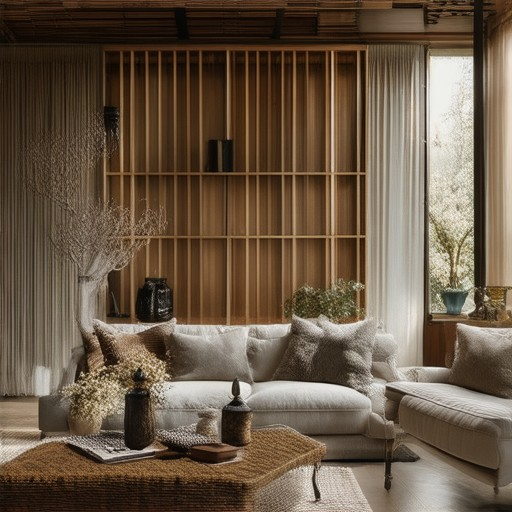
The 3-5-7 Rule in Decorating
The 3-5-7 rule is a simple yet effective guide for creating a harmonious color scheme in interior design. Here’s a breakdown of how it works:
- 3 Colors: Start with a dominant color that sets the tone of the room. This can be a wall color, furniture upholstery, or flooring choice.
- 5 Accent Colors: Introduce five complementary colors that harmonize with the dominant color. These can be used for decorative elements like throw pillows, curtains, or artwork.
- 7 Neutral Tones: Incorporate seven neutral shades to act as a buffer between the primary and accent colors. Neutrals can be used for backgrounds, walls, or soft furnishings like rugs and window treatments.
This rule ensures balance and prevents color overload while creating a cohesive look. By focusing on three main colors, five accents, and seven neutrals, decorators can easily mix and match textures and patterns to achieve a sophisticated aesthetic.
For example, choose a bold red as your dominant color, pair it with five variations of blue and green as accents, and use warm grays and beiges as neutrals. This combination creates a calming and visually appealing space.
Remember, the 3-5-7 rule is a flexible guideline. Feel free to adjust based on personal style preferences or room size. Experiment with different combinations to find what works best for your space!
The 2/3 Rule in Decorating
The 2/3 rule is a fundamental principle in interior design that helps create balanced and harmonious spaces. This rule suggests that in any given room, two-thirds of the space should be dominated by one color, texture, or element, while the remaining third should feature a contrasting element to add visual interest and prevent monotony.
Color Balance:
The most common application of the 2/3 rule involves color. For example, you might have two-thirds of the room covered in a lighter, neutral shade, with the remaining third featuring a darker accent color. This creates contrast while maintaining a cohesive look.
Texture and Pattern:
This rule can also extend to texture and pattern. Two-thirds of the room might showcase a busier pattern or texture, with the third part being simpler and more subtle. This balance ensures the room feels dynamic yet calming.
Examples in Practice:
- In a living room, you could have two-thirds of the seating area in a soft beige with the remaining third in a bold red sofa.
- In a bedroom, two-thirds of the wall space might be painted in a muted gray, with the third part adorned with a floral wallpaper.
Applying the Rule in Different Settings:
- Living Rooms: Use two-thirds of the space for comfortable seating in neutral tones, with the remaining third for decorative accents in a richer color.
- Bedrooms: Apply the rule to bedding colors, using two-thirds of the bedspread in a light color and the third in a deeper hue.
- Kitchens: Use two-thirds of the cabinetry in a light wood tone, with the remaining third in a darker stain for contrast.
Tips for Achieving the 2/3 Rule:
- Start by selecting the dominant color or texture you want to occupy two-thirds of the space.
- Choose the contrasting element to ensure it stands out without overwhelming the room.
- Balance the placement of these elements to create visual symmetry.
By applying the 2/3 rule thoughtfully, you can transform any space into a visually appealing and balanced environment. For more inspiration and design ideas, explore our Retro Sales collections.
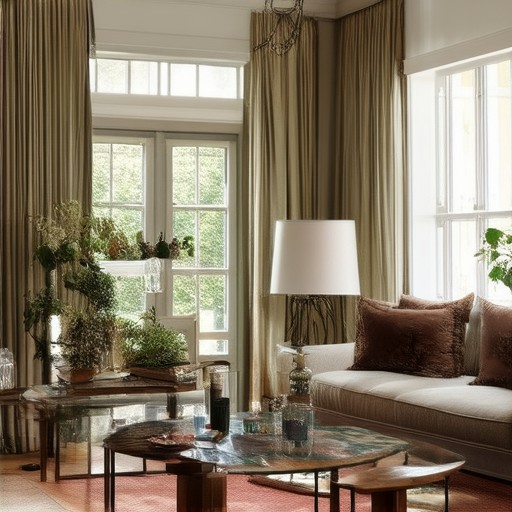
What is Vintage Decorating Style?
Vintage decorating style refers to a design aesthetic that draws inspiration from past eras, blending historical elements with modern sensibilities. This style emphasizes the use of classic pieces, unique finds, and a sense of timelessness, allowing homeowners to create distinctive and personalized spaces.
Key Characteristics of Vintage Decorating Style
- Color Palette: Rich, warm colors often dominate, with hues like deep reds, muted greens, and earthy tones.
- Furniture: A mix of antiques, heirlooms, and retro pieces, each telling its own story.
- Texture: Incorporates layered textures, such as velvet upholstery, woven fabrics, and intricate woodwork.
- Patterns: Bold patterns, geometric designs, and floral motifs add visual interest.
- Accessories: Personalized items like vintage jewelry, old books, and family heirlooms add a unique touch.
Popular Eras for Vintage Style
- Mid-Century Modern (1950s-1970s): Known for sleek, minimalist designs and iconic furniture like Eames chairs. Explore Mid-Century Modern
- Art Deco (1920s-1940s): Features geometric shapes, mirrored surfaces, and elegant lighting. Discover Art Deco Styles
- Victorian (1840s-1900s): Characterized by ornate details, heavy drapery, and Victorian-inspired wallpaper. Explore Victorian Decor
- Retro (1950s-1970s): Combines bold colors, playful patterns, and iconic pop culture elements. Shop Retro Finds
How to Achieve Vintage Style in Your Home
- Start Small: Begin with a few statement pieces, like a vintage rug or a retro lamp.
- Mix Eras: Combine elements from different periods to create a unique look, such as pairing a Victorian armoire with a mid-century sofa.
- Personalize: Add personal touches, like framing family photos in vintage frames or incorporating heirloom items.
- Layer Textures: Mix fabrics, materials, and textures to create depth and dimension in a room.
- Accessorize Wisely: Use vintage accessories to tie the room together, such as antique candles, vintage plants, or classic clocks.
Vintage decorating style offers endless possibilities, allowing you to create a space that feels timeless and uniquely yours. Whether you prefer the elegance of the Victorian era or the boldness of the mid-century modern movement, there’s a vintage style to suit every taste.
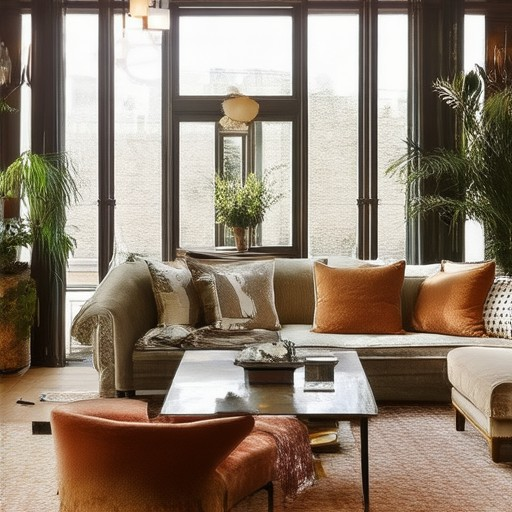
How to Decorate a Timeless Home
To create a timeless home, focus on classic design elements that transcend trends and stand the test of time. Here are some key tips:
- Neutral Color Palette:** Opt for hues like beige, cream, and soft grays. These colors create a calming backdrop that never goes out of style.
- Classic Furniture:** Invest in durable, well-crafted pieces such as mid-century modern chairs, rustic wooden tables, or vintage-inspired sofas.
- Minimalist Layout:** Keep your space uncluttered with clean lines and open areas. This approach reduces the risk of feeling dated and emphasizes simplicity.
- Timeless Patterns and Textures:** Incorporate patterns like stripes or geometric motifs in wallpaper or upholstery, and use textured fabrics for curtains or throw pillows.
- Natural Materials:** Bring in elements like wood, stone, or plants to add warmth and a connection to nature, which feels eternal.
- Elegant Lighting:** Use sconces, table lamps, or pendant lights with timeless designs to create a cozy and sophisticated atmosphere.
- Meaningful Artwork:** Display paintings or sculptures that resonate with you personally, such as landscapes or architectural motifs that have universal appeal.
- Durable Flooring:** Choose materials like hardwood or tile, which last for years and can be easily updated with area rugs for seasonal changes.
- Soft Furnishings:** Add curtains, blankets, and throws in muted tones to enhance comfort without overwhelming the space.
- Simple Accessories:** Use minimalist decor like ceramic vases, vintage jewelry displays, or decorative trays to add personality without being too flashy.
- Architectural Details:** Incorporate elements like arched doorways, columned walls, or exposed brick to give your home a classic feel.
- Earthy Color Palette:** Stick to warm, grounding colors like deep browns, greens, and terra cotta to create a inviting and timeless ambiance.
- Personal Touches:** Add family heirlooms, personalized artwork, or custom-designed pieces to make the space uniquely yours while maintaining a classic vibe.
- Functional Design:** Ensure your layout prioritizes usability, as functional spaces are inherently timeless.
What Decorating Style Never Goes Out of Style?
The answer lies in understanding timeless decorating styles that continue to resonate across generations. These styles transcend trends and remain popular due to their enduring appeal. Here are some decorating styles that never go out of style:
- Minimalist Style: Characterized by clean lines, simple geometry, and a focus on functionality, minimalist design removes clutter and emphasizes harmony. This style has timeless appeal as it promotes a calm and organized living environment.
- Bohemian Style: Known for its eclectic mix of patterns, colors, and textures, bohemian decor adds a touch of personality and creativity to any space. Its free-spirited vibe continues to attract homeowners seeking a unique aesthetic.
- Industrial Style: Combining raw materials like exposed brick, metal, and wood, industrial design offers a rugged yet sophisticated look. This style has a timeless quality, often appearing in urban lofts and modern homes.
- Mid-Century Modern Style: Characterized by sleek lines, geometric shapes, and a focus on functionality, mid-century modern design remains popular for its ability to blend classic elegance with contemporary influences.
- Art Deco Style: With its bold geometric patterns, rich textures, and grand scale, art deco brings a sense of luxury and drama to any room. This style has a timeless appeal, often reinterpreted in modern designs.
- Victorian Style: Known for its intricate details, heavy drapery, and ornate finishes, Victorian decor evokes a sense of history and sophistication. While it may require a specific touch to avoid looking dated, its classic elements are highly adaptable.
- Rustic Style: Combining natural elements like wood, stone, and earth tones, rustic decor creates a warm and inviting atmosphere. Its simplicity and connection to nature make it a timeless choice for many homeowners.
These styles continue to inspire homeowners and remain popular choices for interior design. By incorporating elements from these timeless styles, you can create a space that feels fresh and relevant while maintaining a classic aesthetic.
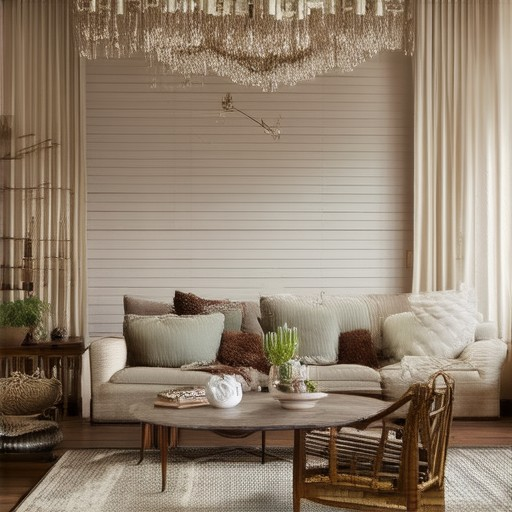
What Color Sofa Never Goes Out of Style?
The perfect sofa color is one that transcends trends and remains stylish for years. Neutral tones like gray, beige, and white are timeless choices that suit any decor style. These hues are versatile enough to complement modern, traditional, or minimalist designs, making them a safe and elegant investment for your living space.
- Gray: A classic choice that adds a touch of sophistication to any room. Gray works well with both warm and cool color palettes, making it a versatile option for diverse interiors.
- Beige: Known for its warmth and ability to blend seamlessly with various design schemes. Beige creates a subtle, understated elegance that never feels out of place.
- White: While lighter in hue, white can actually make a room feel larger and brighter. It pairs beautifully with dark accents and provides a clean, crisp contrast to richer tones.
- Black: A bold choice that adds drama and sophistication. Black sofas can elevate a room to a modern, sleek look and are incredibly easy to accessorize with colorful throws or pillows.
- Brown: Earthy tones like deep browns bring a sense of warmth and stability to a space. Brown is particularly effective when paired with lighter walls and neutral fabrics, creating a harmonious balance.
Timeless sofa colors are not just about aesthetics—they’re about longevity and adaptability. Whether you prefer a low-key neutral or a rich, jewel-tone color, the right choice ensures your sofa becomes a lasting centerpiece of your home.

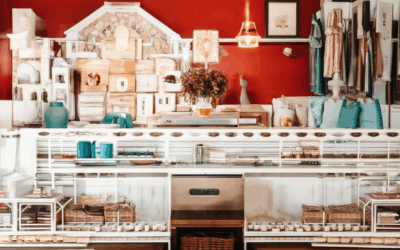

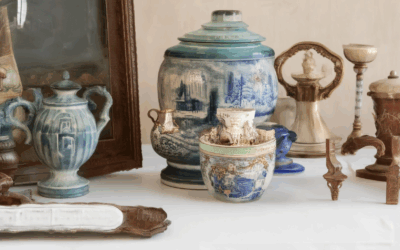
0 Comments